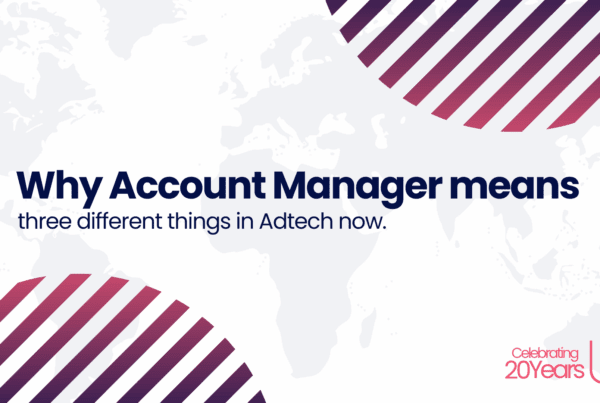The world of digital advertising has been evolving rapidly over the years, and with the emergence of Web3, it is undergoing a profound transformation. Web3, a decentralized and blockchain-powered internet, is challenging the traditional advertising landscape and reshaping the way brands connect with consumers. In this blog post, we will explore the crossover between AdTech and Web3, highlighting the exciting developments and opportunities in this new era of digital advertising.
Understanding AdTech and Web3
Before diving into the crossover, let’s briefly understand AdTech and Web3.
AdTech, short for Advertising Technology, encompasses the technologies and platforms that enable advertisers to create, target, deliver, and optimize digital advertising campaigns. Traditional AdTech operates on centralized systems, and it relies on data from third-party providers.
Web3, on the other hand, is a collective term for a new generation of the internet built on blockchain technology, decentralized applications (dApps), and cryptocurrencies. Web3 aims to empower users, giving them more control over their data and online experiences while enabling peer-to-peer interactions.
The Crossover: AdTech Meets Web3
- Decentralized Advertising Platforms: Web3 has given rise to decentralized advertising platforms that allow users to have more control over their data and decide which ads they want to see. These platforms often use cryptocurrencies like Ethereum to reward users for their attention, offering a more equitable value exchange between consumers and advertisers.
- Data Ownership and Privacy: Web3 emphasizes data ownership and privacy. With blockchain technology, users have the potential to own their data and choose when and how they share it. Advertisers are exploring innovative ways to reach their target audience without compromising user privacy, such as zero-knowledge proofs and decentralized identity solutions.
- Smart Contracts for Ad Campaigns: Smart contracts, a fundamental element of Web3, are self-executing contracts with the terms directly written into code. Advertisers can use smart contracts to automate and verify various aspects of ad campaigns, including payment to publishers and performance metrics. This ensures transparency and reduces the risk of fraud.
- Non-Fungible Tokens (NFTs) in Advertising: NFTs have gained tremendous popularity in Web3, and advertisers are starting to experiment with them. Brands can create NFT-based ad campaigns or even collaborate with NFT artists to engage their target audience in unique and immersive ways.
- Community-Driven Marketing: Web3 communities are highly engaged and value-driven. Advertisers are tapping into these communities, participating in discussions, and collaborating with influencers who have genuine connections with their followers. This approach helps build trust and fosters long-term relationships with consumers.
Challenges and Opportunities
The crossover between AdTech and Web3 presents several exciting opportunities, but it also comes with challenges. Here are a few:
Opportunities:
- More User-Centric Advertising: Web3 allows for a more user-centric approach to advertising, enabling users to have greater control over their online experiences.
- Transparency and Trust: Smart contracts and blockchain technology enhance transparency, reducing the risk of ad fraud and disputes.
- Innovative Ad Formats: NFTs and decentralized platforms open up new, engaging ad formats that captivate audiences in unique ways.
Challenges:
- Mass Adoption: Web3 is still in its early stages, and mass adoption remains a challenge. Advertisers need to navigate the evolving landscape and be prepared for changes.
- Regulatory Uncertainty: The regulatory environment for Web3 is still developing, and advertisers must adapt to potential changes in data privacy and advertising regulations.
The crossover between AdTech and Web3 is ushering in a new era of digital advertising, one that is more user-centric, transparent, and innovative. As blockchain technology and decentralized platforms continue to evolve, advertisers and marketers must adapt to these changes and explore new ways to engage their audience while respecting their privacy and data ownership rights.
In this dynamic landscape, staying informed and remaining open to experimentation will be key to thriving in the Web3-driven future of advertising. As the technology and platforms mature, we can expect to see even more exciting developments and opportunities for both advertisers and consumers alike.




